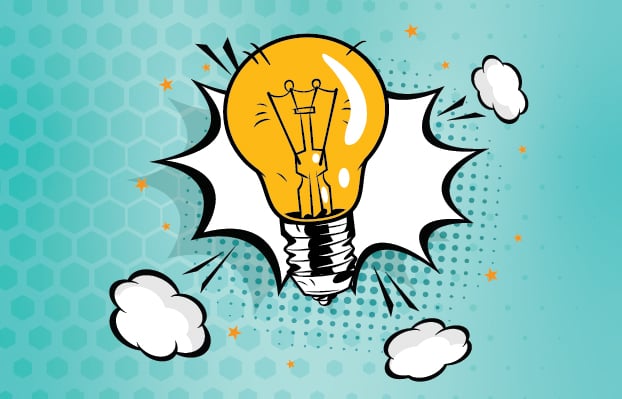Manufacturers have long sought strategies to boost productivity on factory floors. Increasingly, they are tapping AI to analyze worker performance and raise efficiency.
Cameras and machine-learning software can measure the amount of time each worker takes to complete tasks such as assembling cars, fabricating semiconductors, and manufacturing pharmaceuticals. Factories, in turn, can use these insights to pinpoint bottlenecks and boost output.
These AI systems process vast amounts of data with unprecedented degrees of speed and precision. For instance, an auto manufacturer using AI to observe assembly lines can analyze data on a shift’s production and safety almost instantly.
To reap the full benefits of AI, manufacturers will need to ensure they maintain safe, healthy work environments even while using the technology to speed up or otherwise optimize the production processes.
Some workers have raised concerns about privacy and bias that can arise when companies use AI to monitor employees (for details, see our recent article “Unlocking AI’s Power to Multiply Manufacturing Productivity”).
Some employees have also expressed concerns about the impact of AI monitoring systems on their physical safety and mental health. In May 2023, the Biden administration issued a request for information to learn more about how monitoring could harm workers, citing a New York Times article that indicated eight of the 10 largest private US employers track workers to gauge productivity.
Employees who experience physical injuries from an increased work pace might file workers’ compensation claims. Workers might also file claims for mental stress, though they are more challenging to prove than claims of physical injury.
Manufacturers that use AI monitoring systems can take some simple steps to minimize their exposure to workers’ compensation claims and labor disputes while maximizing productivity gains.
Injuries and Physical Harm
Manufacturers sometimes use AI performance-tracking insights to raise workload quotas. Tighter deadlines could increase the chance that workers will become injured or experience physical harm on the job. One warehousing worker told the Biden administration that his employer used technology to raise production quotas so much that he and his colleagues harmed their health — by, for instance, skipping meals or breaks — to keep pace.
To minimize the chances of injury, employers can ensure workers take enough rest breaks. Research suggests that the risk of work-related injuries is significantly higher for those with insufficient rest breaks.
Stress and Lower Morale
Employees might experience heightened stress and lower morale because of greater workloads or because they feel constantly monitored. These morale issues could contribute to labor disputes. At one large company, warehouse employees staged a walkout, protesting the accelerated pace of work.
Companies can leverage AI-driven insights to build trust with workers and create a supportive work environment. For instance, managers should use insights from the AI monitoring systems to respond to problems — such as a worker struggling to keep pace — in real time. This will help build up trust with workers, lower stress levels, and improve morale.
What to Know About Workers’ Compensation
In response to injuries or stress, some workers might file claims for workers’ compensation benefits. Workers’ compensation laws vary by state, but there are some common elements that generally apply across states:
- Benefits may be awarded if a work-related injury or illness arises. Those benefits may include payments on account of lost income and medical benefits.
- For an accident to be eligible for workers’ compensation, it must “arise out of employment” and occur “in the course of employment.”
- “Arise out of employment” refers to the cause of the accident. An accident arises out of employment if it results from an employment-related risk.
- “In the course of employment” refers to the circumstances, place, and time of the accident. An accident is in the course of employment if it occurs while an employee is performing their job at work during work hours.
- Employers are required to maintain workers’ compensation insurance unless they are approved to be self-insured for workers’ compensation. For insured employers, benefits are provided by the insurer.
Employees may recover workers’ compensation benefits for mental-health-related injuries. However, some state laws impose limitations on such benefits. Further, it can be challenging for employees to prove that mental health issues arose in and out of the course of employment.
Harnessing the Power of AI
Manufacturers should be aware of the physical and psychological issues that can arise from using AI systems to monitor employee activity in the workplace. In many cases, they may be able to use AI to bolster worker safety while boosting productivity. AI video systems can, for instance, trigger alarms when workers fall, immediately alerting supervisors to the issue. AI systems may also be able to identify factors that predict the likelihood of injury or dissatisfaction, enabling manufacturers to take steps to manage issues before they fully emerge.
This informational piece, which may be considered advertising under the ethical rules of certain jurisdictions, is provided on the understanding that it does not constitute the rendering of legal advice or other professional advice by Goodwin or its lawyers. Prior results do not guarantee a similar outcome.
Contacts
- /en/people/l/lam-kevin

Kevin V. Lam
PartnerNational Hiring Partner - /en/people/m/muir-matt

Matt Muir
Associate

